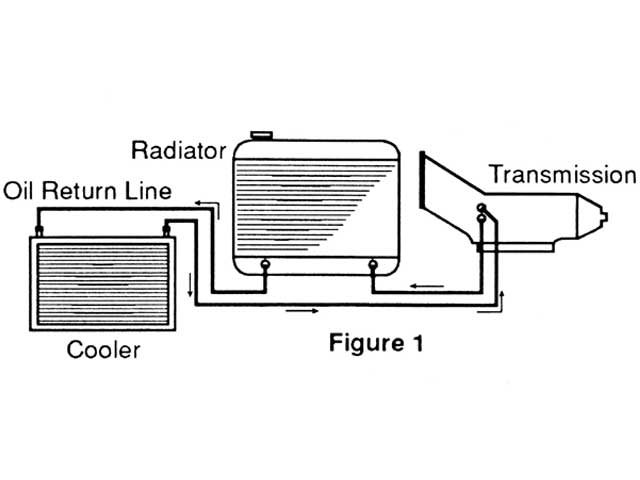I got asked if anodes are a good idea?
well, when you run an aluminum performance cylinder head on an iron engine block with pure copper head gaskets,like Ive been for many years, those anodes are mandatory, and yes they do work

and prevent or at least slow electrolysis a great deal
naturally youll need to use the anodes in the block vs the radiator with a plastic radiator like some cars have
http://www.ve-labs.com/productpdfs/Prod ... evised.pdf
http://www.flex-a-lite.com/auto/html/anode.html
http://www.bmcno.org/RadCap.htm
http://www.jcwhitney.com/autoparts/Sear ... chbtn.y=12
http://garage.grumpysperformance.co...sion-and-oil-cooler-increases-durability.176/
think about it a bit, the ideal trans coolant temp should be in the 150F-160F range, so how you route the trans fluid cooler lines maters, engine coolant can easily run 210F-230F going into the top of the radiator, from a hot engine and run 170F-180F returning too the engine after its trip through the radiator, thats more likely to heat than cool transmission fluid.
having an aux trans cooler with an electric powered fan and AN#8 minimum line size is generally a very good idea!(obviously you need to have the clearance and location to mount it
http://www.summitracing.com/parts/der-15960
OR
out of trans, to radiator cooler, out to
aux cooler, back to trans?
--------------------------------------------------------------------------------
IDEALLY theres ZERO MEASURABLE voltage! and with both a decent frame to engine ground and battery to frame ground theres seldom much voltage in the coolant, but having a transmission to frame ground in addition is a good idea as Ive seen that help also, a loose ground causes lots of flaky/intermitent problems
Determining the levels of EME present in the cooling system is very easy. All you really need is an ultrasensitive voltmeter. Simply remove the radiator cap, stick the positive probe into the cooling system, and ground the negative probe to the radiator. With the metal dialed down to the lowest voltage setting, take a reading of the total amount of electrical volts present in the cooling system. The reading should be somewhere BELOW 0.01 volts, if its not you NEED to find out where the grounds loose or an extra grounds needed and add an anode



